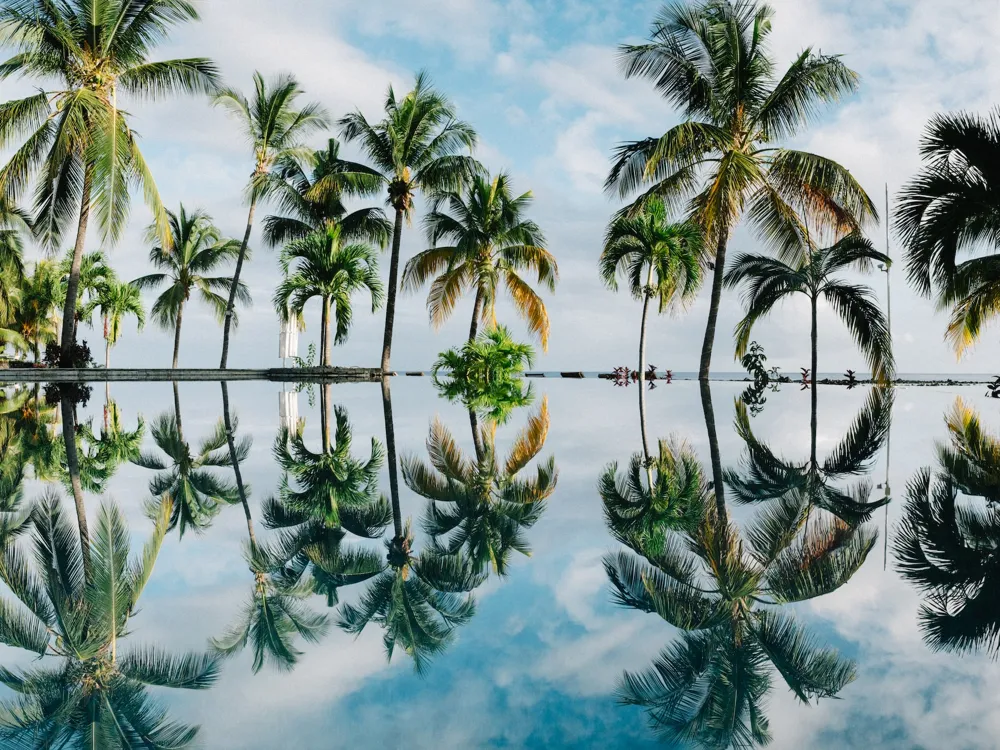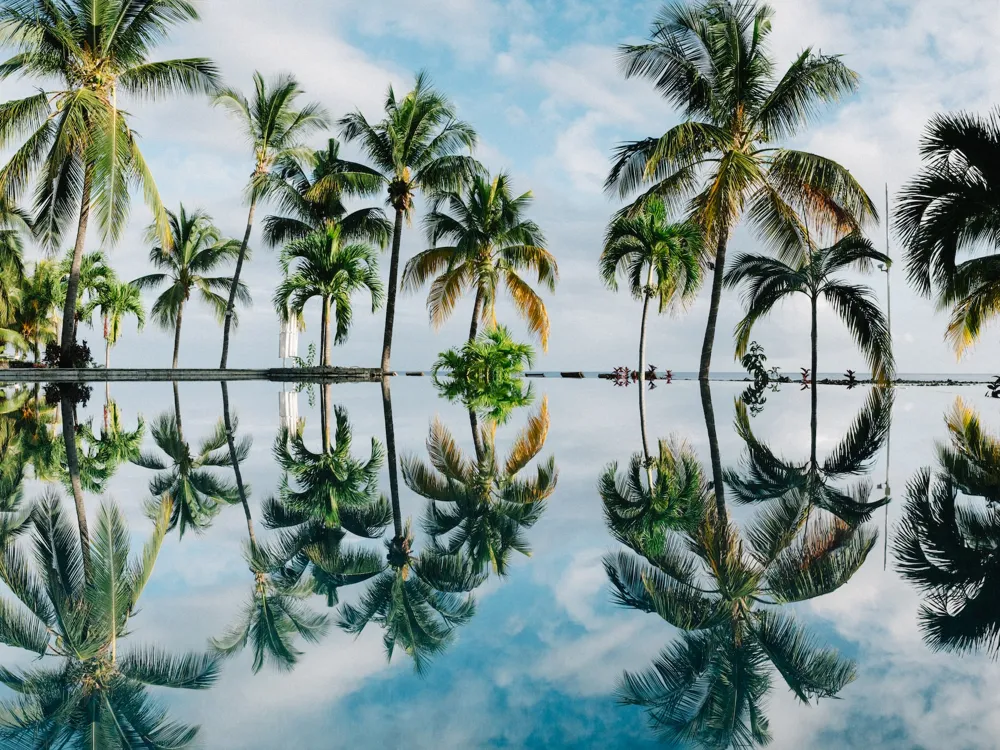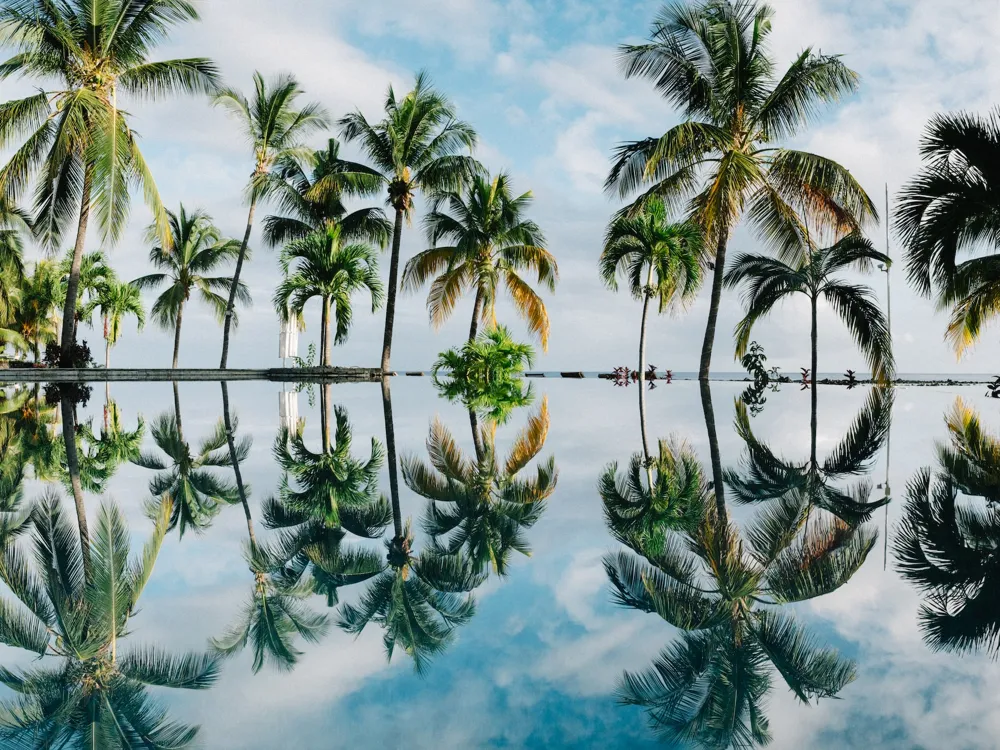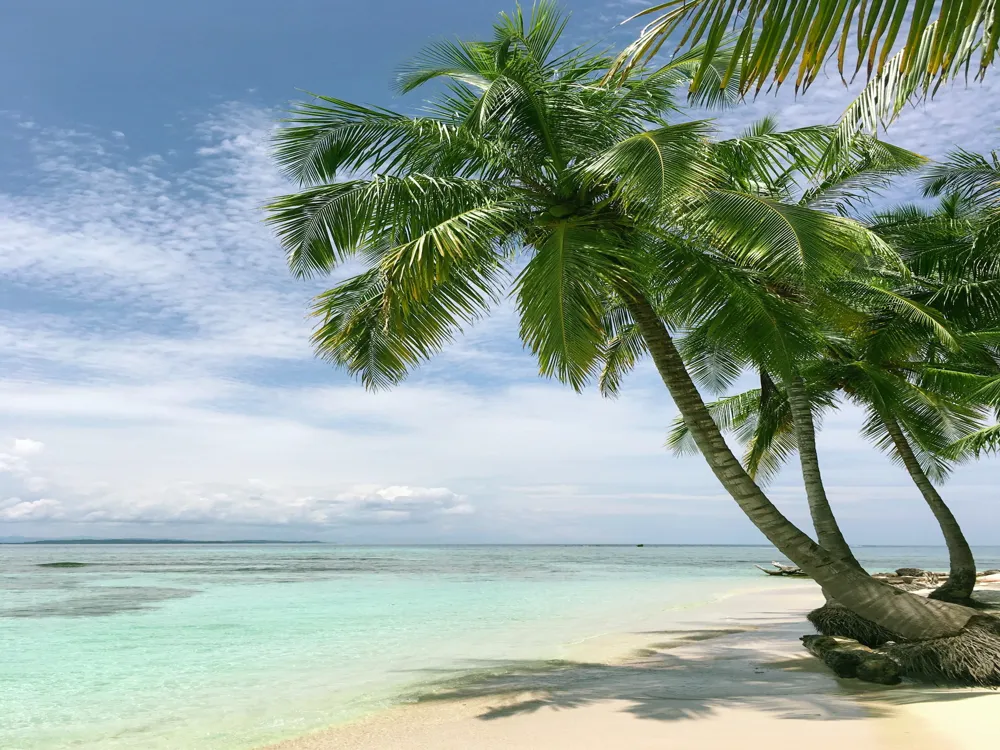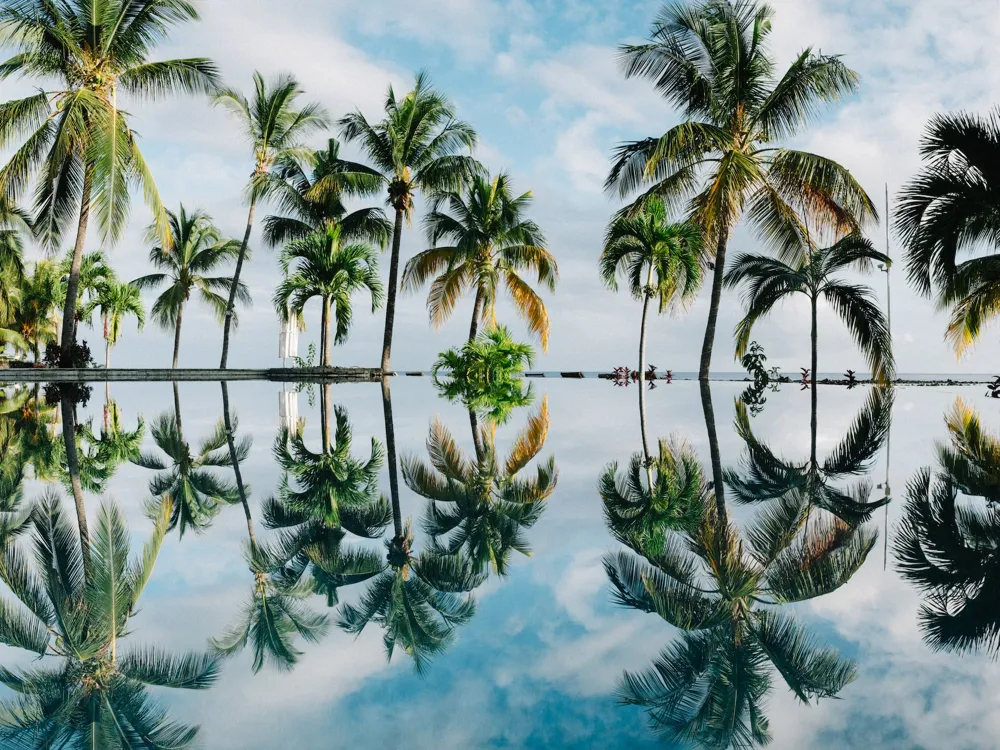Immerse yourself in the mystery and allure of the Balaclava Ruins, a hidden gem nestled on the picturesque island of Mauritius. This intriguing site, steeped in history and shrouded in lush greenery, offers a unique window into the island's colonial past. The ruins, remnants of a bygone era, beckon travelers and history enthusiasts alike to explore their enigmatic presence. As you step into this captivating world, prepare to be transported back in time, where every stone and structure tells a story of the island's rich and varied heritage. At the heart of the Balaclava Ruins lies an architectural narrative that spans centuries. Originating from the colonial era, these structures bear testament to the fusion of European and Creole influences, reflecting the diverse cultural tapestry of Mauritius. The ruins, primarily composed of stone and wood, showcase the ingenuity and craftsmanship of their creators. Intricate carvings, robust foundations, and the strategic use of local materials speak volumes about the architectural prowess of the era. The layout of the ruins, with its remnants of living quarters, mills, and administrative buildings, paints a vivid picture of life during colonial times. Walking through these ruins, one can't help but marvel at the resilience of these structures, many of which have withstood the test of time and nature's elements. The Balaclava Ruins are not just an architectural spectacle; they are a living history book. Each stone, pathway, and archway within the site has a story to tell. Originally part of a larger estate, the ruins date back to the 18th century, when Mauritius was a bustling hub of the sugar industry. The estate was home to a thriving sugar mill and was a focal point of agricultural and economic activity. Over time, the estate witnessed numerous changes in ownership and purpose, reflecting the turbulent history of Mauritius. The abandonment of the site led to its gradual transformation into the captivating ruins that we see today, each layer representing a different chapter in the island's history. Visiting the Balaclava Ruins is a journey through time. To fully appreciate the site, it is essential to understand its historical context and architectural significance. Local guides, well-versed in the lore and legends of the ruins, offer insightful tours that bring the past to life. For the more adventurous, exploring the ruins independently allows for a personal and intimate connection with the site. The juxtaposition of the ancient structures against the backdrop of Mauritius's natural beauty creates a surreal and enchanting experience, visiting the Balaclava Ruins a must-do activity for anyone visiting the island. The Balaclava Ruins, a testament to Mauritius' rich historical tapestry, present an architectural marvel that seamlessly blends European and Creole styles. This convergence of influences is evident in the design, structure, and materials used in the ruins. The European architectural elements, characterized by solid stone constructions and intricate designs, are harmoniously intertwined with Creole features, notably the use of local timber and adaptive designs suited to the tropical climate. The ruins, encompassing what was once a thriving sugar estate, include remnants of the main mansion, sugar mill, and various outbuildings, each telling its own unique story. The centerpiece of the Balaclava Ruins is the main mansion, a structure that exudes colonial elegance and grandeur. The mansion, constructed primarily from locally sourced stone, showcases the opulence and status of its original inhabitants. Its design reflects a blend of European sophistication and Creole practicality, with high ceilings, large windows, and expansive verandas, all catering to the tropical climate. The ruins of the mansion provide a glimpse into the luxurious lifestyle of the colonial elite, with remnants of ornate decorations, elaborate flooring, and spacious rooms. The sugar mill, an integral part of the Balaclava Ruins, stands as a testament to the estate's economic significance. This structure, built to withstand the rigors of sugar processing, highlights the ingenuity of colonial engineering. The mill's remnants, including massive stone foundations, crumbling walls, and rusted machinery, paint a vivid picture of the sugar production process, which was the backbone of Mauritius's economy during colonial times. Exploring the mill offers a unique insight into the industrial heritage of the island and the labor-intensive process of sugar production. The architectural significance of the Balaclava Ruins goes beyond its physical structures. It represents a crucial link to Mauritius's past, offering a tangible connection to the island's colonial history. The fusion of European and Creole architectural styles seen in the ruins is a reflection of Mauritius's multicultural society, shaped by centuries of colonization and cultural exchange. The resilience of these structures, despite years of neglect and exposure to the elements, speaks to the skill and craftsmanship of their builders. A visit to the Balaclava Ruins is not just a tour of a historic site; it is an immersive experience that bridges the past and the present, inviting visitors to reflect on the island's complex and multifaceted history. Plan your visit to the Balaclava Ruins during Mauritius's dry season, from May to November, to avoid the heavy rains and enjoy comfortable temperatures. Opt for comfortable, breathable clothing and sturdy shoes, as exploring the ruins involves walking on uneven surfaces. Consider taking a guided tour to gain deeper insights into the history and architecture of the ruins. Bring a camera to capture the stunning architecture and lush surroundings. Early morning or late afternoon light is ideal for photography. Remember to respect the historical significance of the ruins by not disturbing the structures or littering. Reaching the Balaclava Ruins is a straightforward journey, accessible by various modes of transportation. If you're staying in the capital city of Port Louis, the ruins are just a short drive away. For those relying on public transportation, buses frequently run to the area, offering an affordable and authentic way to travel. Alternatively, Read More:Discover the Enigmatic Balaclava Ruins of Mauritius
The Architectural Marvel of Balaclava Ruins
History Embedded in Every Stone
Unraveling the Mysteries: A Guide to the Balaclava Ruins
Architectural Splendor of Balaclava Ruins
The Main Mansion: A Glimpse into Colonial Elegance
The Sugar Mill: Heart of the Estate
Connecting with the Past: The Significance of Balaclava's Architecture
Tips When Visiting Balaclava Ruins
Best Time to Visit
What to Wear
Guided Tours
Photography Tips
Respecting the Site
How To Reach Balaclava Ruins
Balaclava Ruins
Mauritius
₹ 24,899 onwards
View mauritius Packages
Weather :
Tags : Historical Site
Timings : 10:00 AM - 5:00 PM
Time Required : 1-2 hours
Entry Fee : No Entry Fee
Planning a Trip? Ask Your Question
Mauritius Travel Packages
View All Packages For Mauritius
Top Hotel Collections for Mauritius

Private Pool

Luxury Hotels

5-Star Hotels

Pet Friendly
Top Hotels Near Mauritius
Other Top Ranking Places In Mauritius
View All Places To Visit In mauritius
View mauritius Packages
Weather :
Tags : Historical Site
Timings : 10:00 AM - 5:00 PM
Time Required : 1-2 hours
Entry Fee : No Entry Fee
Planning a Trip? Ask Your Question
Mauritius Travel Packages
View All Packages For Mauritius
Top Hotel Collections for Mauritius

Private Pool

Luxury Hotels

5-Star Hotels

Pet Friendly







